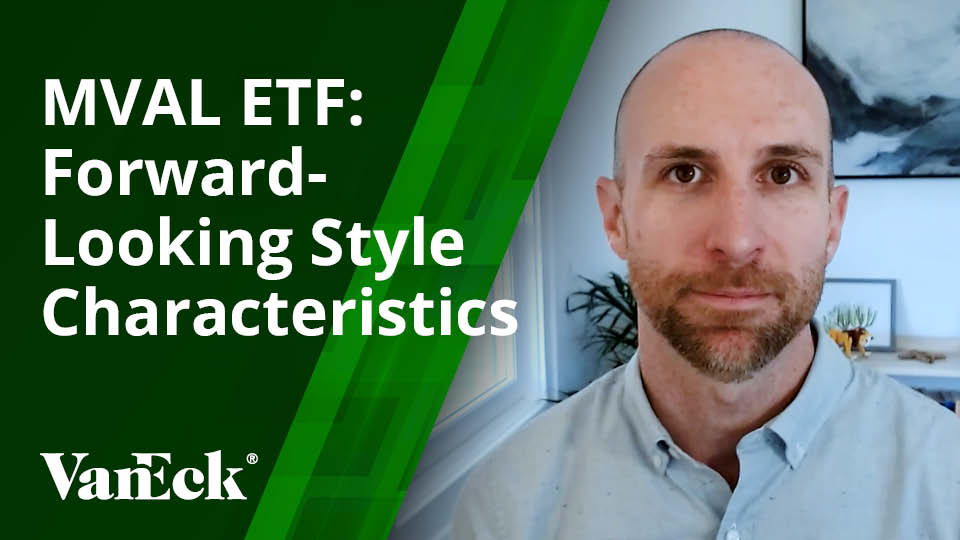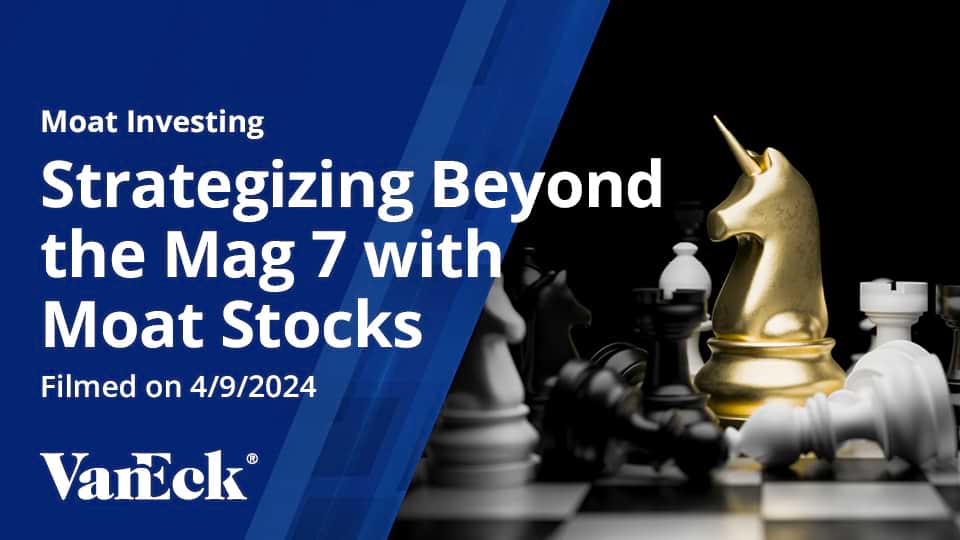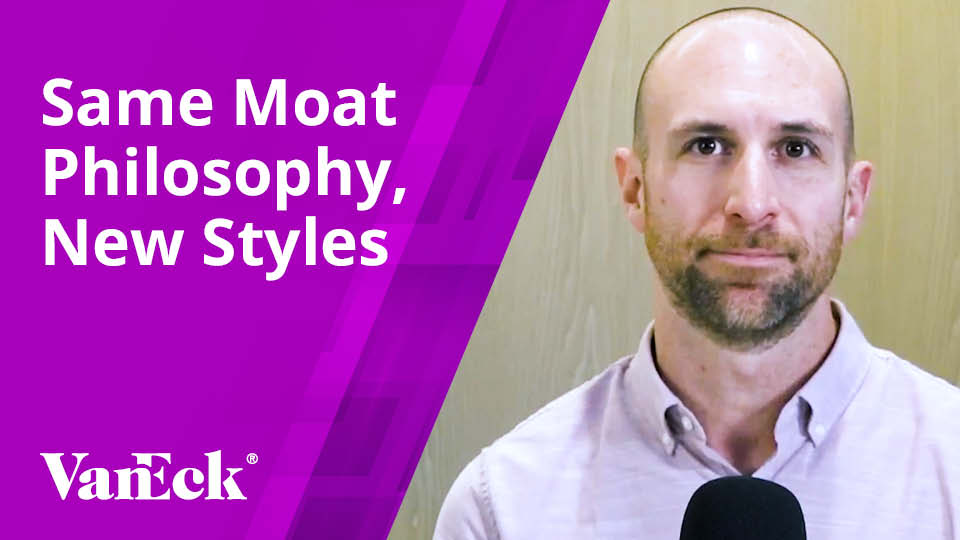Cost Leadership Provides Market Control
September 27, 2022
Read Time 2 MIN
The term “economic moat” describes a company’s ability to maintain its competitive advantages and defend its long-term profitability. This moat investing education series explores the five primary sources of moat, according to Morningstar: 1) switching costs; 2) intangible assets; 3) network effect; 4) cost advantage; 5) efficient scale. Here we explore the concept of cost advantage.
Cost Leadership Provides Market Control
Companies that are able to produce and offer products or services at lower costs than competitors are often able to achieve higher profit margins. Within many industries, cost leaders often exert significant control over market prices, which may give them an advantage over competitors. The cost advantage moat source is the second most frequent source of economic moat ratings, according to Morningstar.
Cost Advantage: Firms with a structural cost advantage can either undercut competitors on price while earning similar margins, or can charge market-level prices while earning relatively high margins.
Cost advantages are often gained through economies of scale, lower distribution and manufacturing costs, and/or access to a low-cost resource base. The increasing level of competition in today’s global economy makes this competitive advantage one of the most difficult for companies to maintain. For example, over the past 30 years, the U.S. manufacturing and consumer goods industries have been flattened by punishing price competition from overseas.
Cost Advantage in Action
Walmart Inc (WMT) is a dominant traditional retailer and the number-one grocer in the U.S. According to Morningstar, Walmart has become “virtually synonymous with low-cost items, a product of its unparalleled purchasing leverage and deep vendor relationships.” Furthermore, Morningstar notes that the company’s cost leverage “allows it to be even more aggressive with pricing, sidestepping the traffic pressure that other retailers have faced as channels shift.”
Anheuser-Busch InBev SA/NV (BUD) is the largest brewer in the world. The company’s size provides it with huge bargaining power as well as a lower average cost of production. Morningstar states: “Vast global scale, along with its monopoly-like positions in Latin America and Africa give AB InBev significant fixed cost leverage and procurement pricing power. This plays out in the firm's excess returns on invested capital and best-in-class operating and cash cycles, asset turnover ratios, and working capital management.”
To receive more Moat Investing insights, sign up in our subscription center.
Related Insights
April 10, 2024
DISCLOSURE
Company-specific information based on Morningstar analyst notes last updated as follows: Walmart Inc.: 12/21/2021; Anheuser-Busch InBev SA/NV: 2/28/2022.
Please note that VanEck may offer investments products that invest in the asset class(es) discussed herein.
This is not an offer to buy or sell, or a solicitation of any offer to buy or sell any of the securities mentioned herein. The information presented does not involve the rendering of personalized investment, financial, legal, or tax advice. Certain statements contained herein may constitute projections, forecasts and other forward looking statements, which do not reflect actual results, are valid as of the date of this communication and subject to change without notice. Information provided by third party sources are believed to be reliable and have not been independently verified for accuracy or completeness and cannot be guaranteed. The information herein represents the opinion of the author(s), but not necessarily those of VanEck.
All investing is subject to risk, including the possible loss of the money you invest. As with any investment strategy, there is no guarantee that investment objectives will be met and investors may lose money. Diversification does not ensure a profit or protect against a loss in a declining market. Past performance is no guarantee of future results.
Related Insights
September 25, 2023
August 10, 2023
August 09, 2023
September 27, 2022
Related Funds
DISCLOSURE
Company-specific information based on Morningstar analyst notes last updated as follows: Walmart Inc.: 12/21/2021; Anheuser-Busch InBev SA/NV: 2/28/2022.
Please note that VanEck may offer investments products that invest in the asset class(es) discussed herein.
This is not an offer to buy or sell, or a solicitation of any offer to buy or sell any of the securities mentioned herein. The information presented does not involve the rendering of personalized investment, financial, legal, or tax advice. Certain statements contained herein may constitute projections, forecasts and other forward looking statements, which do not reflect actual results, are valid as of the date of this communication and subject to change without notice. Information provided by third party sources are believed to be reliable and have not been independently verified for accuracy or completeness and cannot be guaranteed. The information herein represents the opinion of the author(s), but not necessarily those of VanEck.
All investing is subject to risk, including the possible loss of the money you invest. As with any investment strategy, there is no guarantee that investment objectives will be met and investors may lose money. Diversification does not ensure a profit or protect against a loss in a declining market. Past performance is no guarantee of future results.
Related Insights
September 25, 2023
August 10, 2023
August 09, 2023
September 27, 2022


